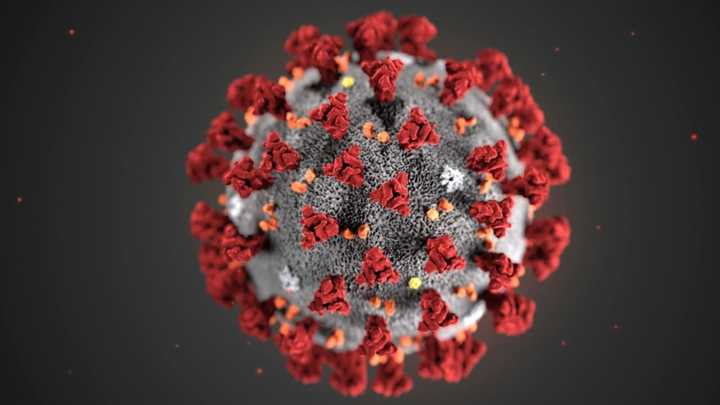COVID-related hospitalizations have increased in the US for six straight weeks, with a 19-percent increase reported in the most recent week, according to the Centers for Disease Control and Prevention (CDC).
The BA.2.86 strain, known as Pirola, has now been identified in five states: New York, Texas, Michigan, Virginia, and Ohio.
The strain was first detected in Israel around Sunday, Aug. 20, and cases have also been identified in several other countries, including the US, United Kingdom, Canada, South Africa, Denmark, Sweden, Switzerland, Thailand, and Portugal.
So far, a fever, one of the hallmark symptoms of the initial wave of infections in the pandemic, has not been associated with the Pirola variant, which is also the case with the Omicron strain.
In addition, no serious illnesses or deaths have been linked to the Pirola strain.
“So far, there does not seem to be increased severity with this strain of COVID, and the individual is not hospitalized," the British Columbia Centre for Disease Control said in a statement on the Canadian cases.
As a result, the most likely symptoms of Pirola should be similar to Omicron, namely:
- Cough
- Sore throat
- Headaches
- Runny nose
- Sneezing
As more cases are treated and confirmed in the coming days, info on possible other symptoms is expected.
New York reported the presence of the variant earlier this week after wastewater samples tested positive for the strain. Texas is the most recent state to report the presence of Pirola.
The Michigan case, the first in the US, was an older woman who had recently returned from Japan. She reportedly had mild symptoms.
At a World Health Organization (WHO) news briefing on Friday, Aug. 25, authorities said they consider BA.2.86 to be part of the Omicron variant family, but that could change if the strain spreads more widely even though Pirola's 30 mutations are from the BA.2 lineage, which was the dominant Omicron strain in 2022.
Currently, an Omicron subvariant known as Eris, whose official name is EG.5, is accounting for most COVID cases nationwide at about 21.5 percent, according to estimates by the CDC.
Symptoms reported for Eris include:
- Runny nose
- Sneezing
- Cough
- Nausea
- Sore throat
- Fatigue
- Headache
- Muscle aches
- Changes to or loss of sense of smell
- Changes to or loss of sense of taste
The emergence of Eris came after the Arcturus subvariant, officially known as XBB.1.5, was first identified in India in January of this year and began to spread in the US late in the winter. Both Eris and Arcturus are Omicron offshoots.
Click here to follow Daily Voice Fair Lawn-Glen Rock and receive free news updates.
